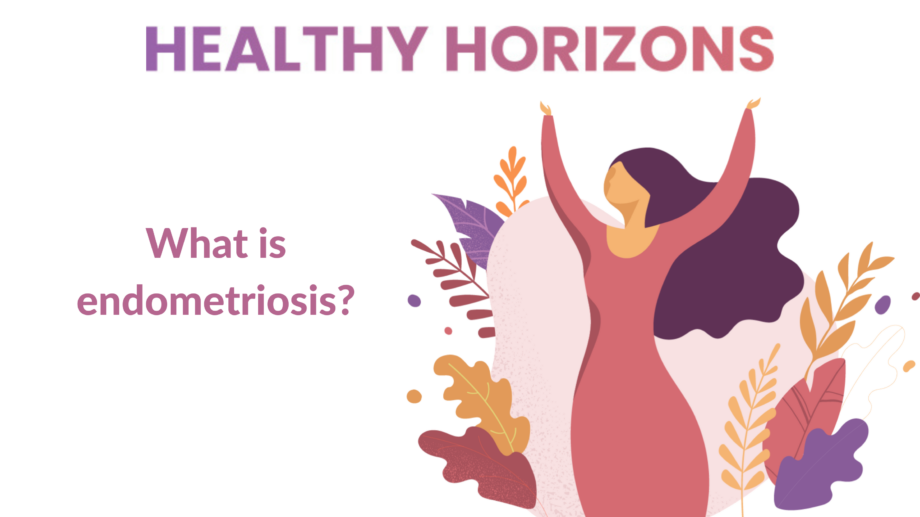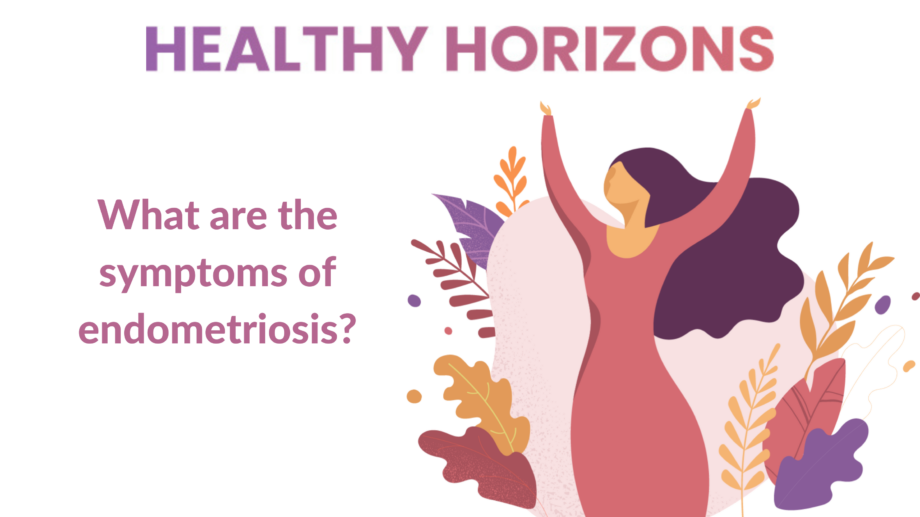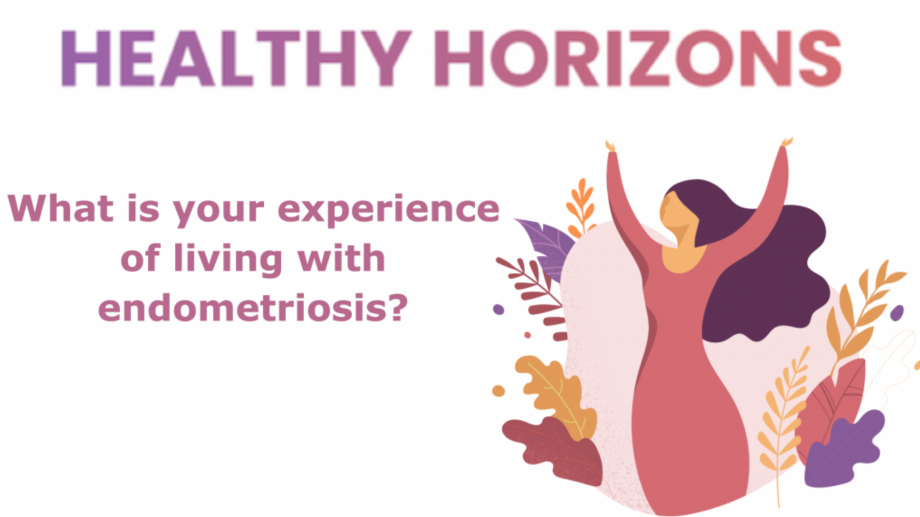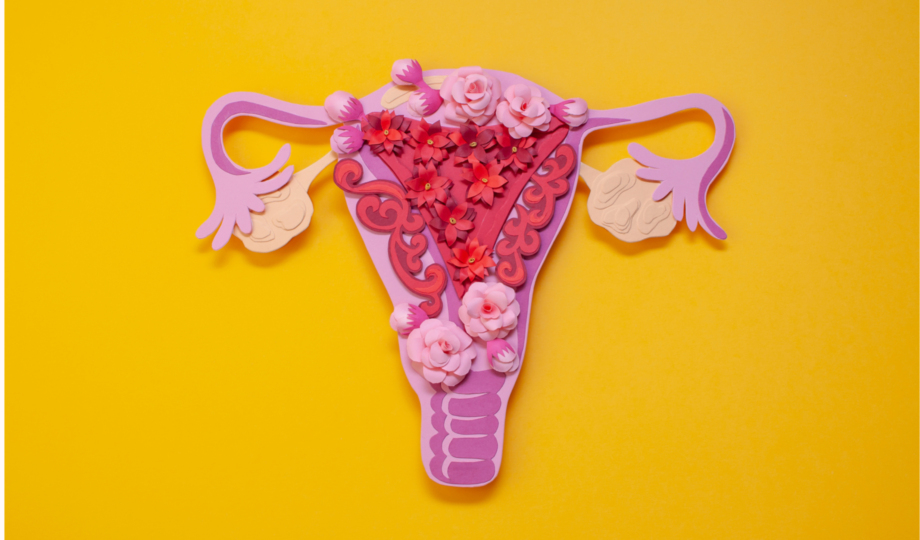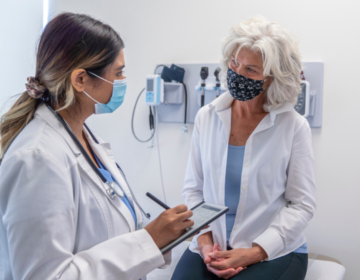Read Transcript
Associate Professor Emma Readman:
Endometriosis is a really common condition, I thought I would start at the beginning by telling you how the system works. So, if you could imagine a person standing with their arms out, the person standing, their body is the uterus, and the arms out are the fallopian tubes and at the end of the arms is the ovaries. So, every month you release an egg, and it goes down the fallopian tubes, into the uterus and it has to be ready to be fertilised. So, the lining’s there ready to be fertilised, and every month that lining has to be shed. Now, if that lining at the end of the month also shed backwards down the tubes and it goes into the pelvis, then it can stick in the pelvis and the pelvis can then let it stay there and it can grow and stick to other things. And that’s what Endometriosis is, the normal lining that you have in the uterus, outside the uterus, able to stick to things and also to bleed because it has irresponsiveness to hormones. But it does not mean that it just only found in the pelvis, sometimes it can be found elsewhere and they’re not just cells that have gone backwards down the tubes. They’re cells that have transformed; they have changed. They were some cells and are now become linings of the uterus cells, and therefore you can find endometriosis in other places.

